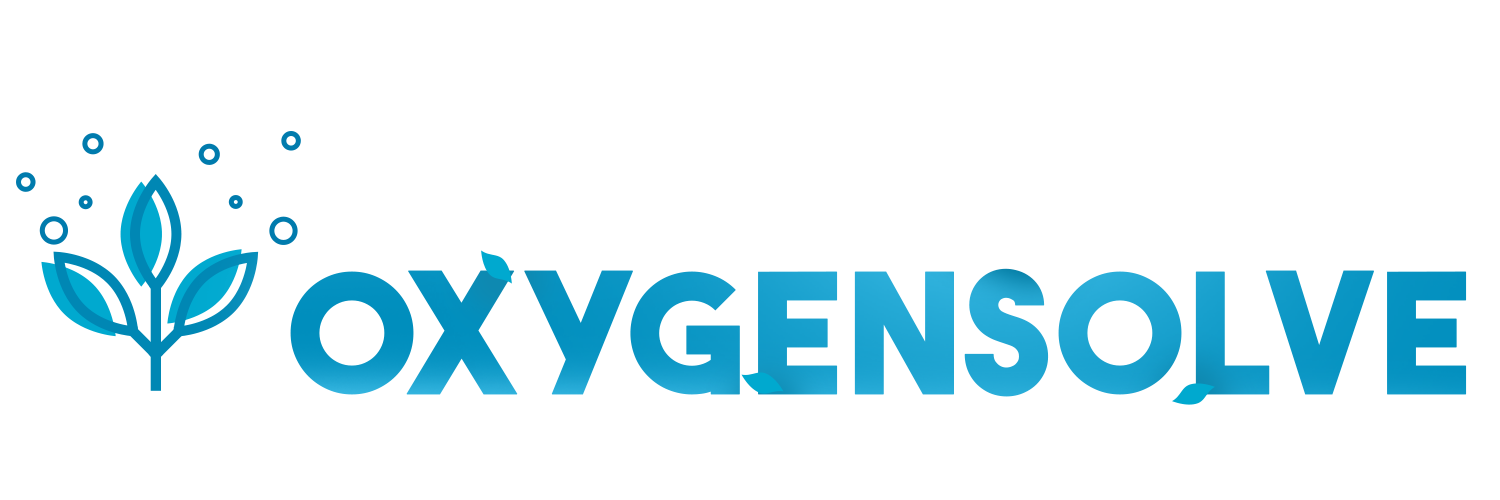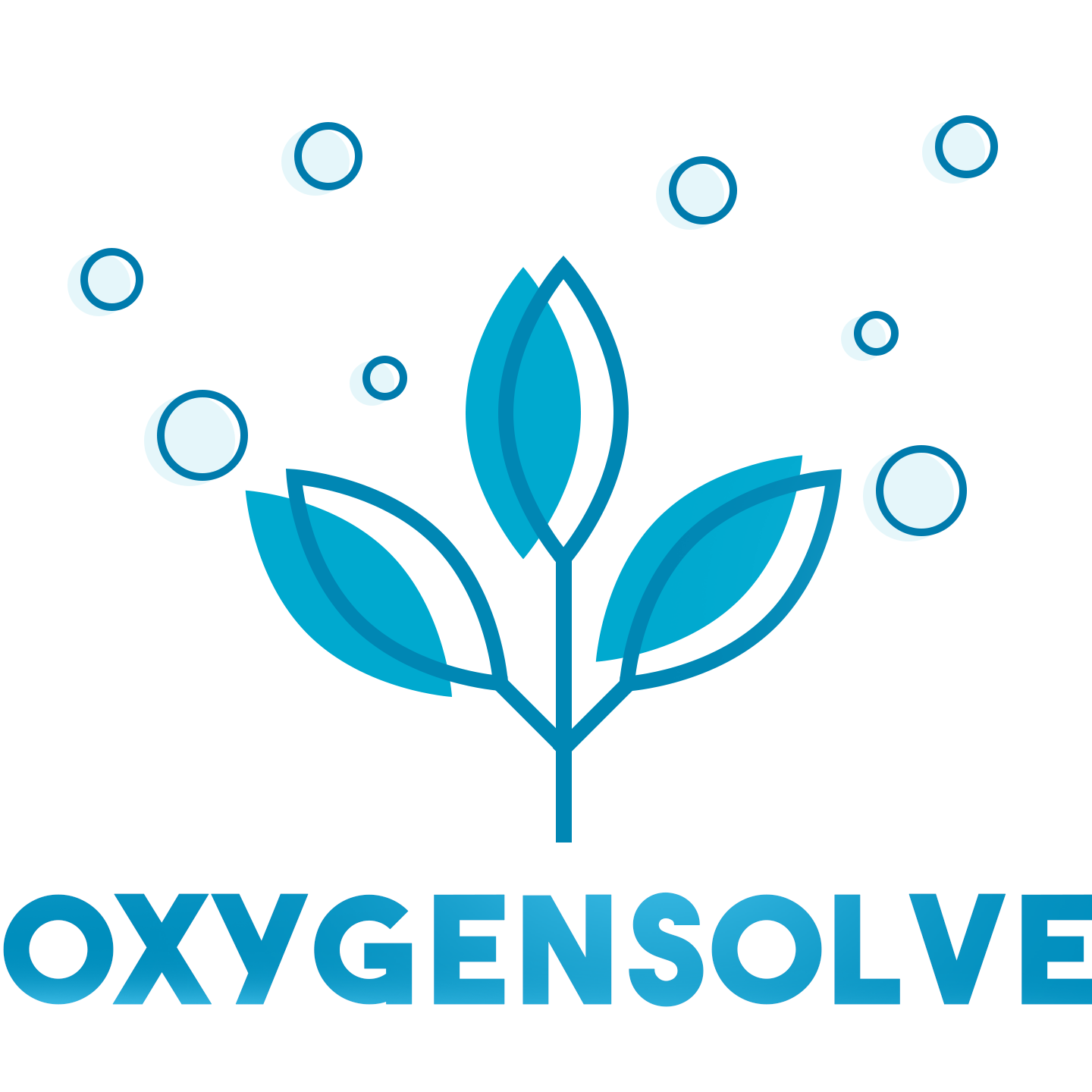How Much Oxygen Support Is Really Needed During Lung Recovery?
CODE
Oxygen plays a critical role in lung recovery, especially for individuals suffering from chronic lung diseases or acute respiratory conditions. Understanding how much oxygen support is truly needed during the recovery process can help optimize treatment outcomes, improve quality of life, and reduce complications. This article explores the nuances of oxygen therapy, its importance in lung recovery, and how to determine the appropriate oxygen support for patients.
The Importance of Oxygen in Lung Recovery
Oxygen is essential for cellular metabolism and overall body function. When lung function is compromised due to diseases such as chronic obstructive pulmonary disease (COPD), pneumonia, or acute respiratory distress syndrome (ARDS), the lungs may fail to deliver adequate oxygen to the bloodstream. This condition, known as hypoxemia, necessitates supplemental oxygen therapy to maintain sufficient oxygen levels and support lung healing.

During lung recovery, oxygen therapy helps reduce shortness of breath, decreases the strain on the heart, and improves sleep quality and exercise capacity. It is particularly vital for patients with severe lung impairment where blood oxygen levels remain consistently low.
How Much Oxygen Support Is Needed?
The amount of oxygen support required during lung recovery varies depending on the severity of lung impairment and individual patient needs. Oxygen therapy is typically prescribed based on objective measurements such as arterial blood gases (ABG) or pulse oximetry readings.

-
Mild to Moderate Hypoxemia: Patients with slightly low oxygen levels may require oxygen only during acute exacerbations or physical activity. In these cases, oxygen flow rates of 1 to 3 liters per minute via nasal cannula are often sufficient.
-
Severe Hypoxemia: For patients with consistently low oxygen saturation (e.g., SaO2 < 88%), long-term oxygen therapy (LTOT) may be necessary. Continuous oxygen use, up to 24 hours per day, has been shown to improve survival rates in these patients.
-
Target Oxygen Saturation: The British Thoracic Society recommends aiming for oxygen saturation levels between 94-98% for most acutely ill patients. However, for those at risk of hypercapnic respiratory failure (common in COPD), a lower target of 88-92% is advised to prevent carbon dioxide retention.
Factors Influencing Oxygen Support Needs
Several key factors determine how much oxygen support is needed during lung recovery:

-
Age and Lung Health: Older adults and those with chronic lung diseases like COPD often require more oxygen due to reduced lung function.
-
Severity of Lung Injury: Patients recovering from severe infections or surgeries typically need higher oxygen levels for longer periods.
-
Smoking History: Long-term smokers usually have damaged lungs, increasing their oxygen requirements during recovery.
-
Pulmonary Function and Activity: Poor lung function tests and oxygen drops during exercise indicate a greater need for supplemental oxygen.
-
Comorbidities and Complications: Conditions like diabetes or postoperative issues can increase oxygen needs.
-
Oxygen Saturation Targets: Oxygen therapy is tailored to maintain safe saturation levels, with lower targets for patients at risk of carbon dioxide retention.
Understanding these factors helps healthcare providers, including Oxygensolve, customize oxygen therapy to ensure effective and safe lung recovery.
Types of Oxygen Delivery Systems
Choosing the right oxygen delivery system is crucial to providing appropriate oxygen support during lung recovery:
-
Nasal Cannula: Delivers low-flow oxygen (1-6 L/min) and is suitable for mild to moderate oxygen needs.
-
Venturi Mask: Allows for controlled oxygen delivery with precise FiO2 settings (24-40%), ideal for patients requiring specific oxygen concentrations.
-
High-Flow Nasal Cannula (HFNC): Provides heated and humidified oxygen at high flow rates and has been shown to reduce re-intubation rates and escalation of respiratory support in post-extubation patients.
-
Reservoir Masks: Used in critical illness to deliver high concentrations of oxygen (up to 15 L/min) to rapidly increase oxygen saturation.
Monitoring and Adjusting Oxygen Therapy
Oxygen therapy should be regularly monitored and titrated according to patient response and oxygen saturation levels. Overuse of oxygen can lead to complications such as oxygen toxicity or hypercapnia, especially in COPD patients. After initiating oxygen therapy, re-evaluation after 60 to 90 days is recommended to determine if continued oxygen support is necessary.
Practical Recommendations for Oxygen Use in Lung Recovery
-
Use oxygen therapy to maintain oxygen saturation within recommended target ranges (94-98% or 88-92% depending on risk factors).
-
Start with the lowest effective oxygen flow rate to alleviate hypoxemia and symptoms.
-
Employ appropriate oxygen delivery devices tailored to patient needs and clinical setting.
-
Regularly monitor oxygen saturation and adjust therapy to avoid both hypoxemia and hyperoxia.
-
Reassess the need for long-term oxygen therapy periodically to avoid unnecessary use.
Additional Resources
For more detailed information on oxygen therapy and lung recovery, consider exploring the following trusted resources:
-
American Lung Association – Oxygen Therapy
https://www.lung.org/lung-health-diseases/lung-procedures-and-tests/oxygen-therapy -
National Heart, Lung, and Blood Institute (NHLBI) – COPD and Oxygen Therapy
https://www.nhlbi.nih.gov/health-topics/copd -
British Thoracic Society – Oxygen Guideline
https://www.brit-thoracic.org.uk/quality-improvement/guidelines/oxygen/ -
Mayo Clinic – Oxygen Therapy: What You Need to Know
https://www.mayoclinic.org/tests-procedures/oxygen-therapy/about/pac-20384914 -
Oxygensolve – Expert Oxygen Therapy Solutions
https://www.oxygensolve.com
These resources provide comprehensive guidance on oxygen use, monitoring, and lung recovery strategies to help patients and healthcare providers make informed decisions.
Conclusion
Oxygen is a vital component in lung recovery, but the amount of oxygen support needed varies significantly among patients. Tailoring oxygen therapy based on objective measurements, patient condition, and risk factors ensures optimal outcomes. Continuous or prolonged oxygen use benefits patients with severe hypoxemia, while others may require oxygen only intermittently. Proper monitoring and device selection are essential to maximize the benefits of oxygen therapy during lung recovery.
At Oxygensolve, we are committed to providing expert guidance and high-quality oxygen solutions tailored to your lung recovery needs. Whether you require short-term oxygen support or long-term therapy, understanding how much oxygen is really needed is the first step toward effective treatment and improved respiratory health.
Contact us today to ensure your lung recovery journey is supported with the right oxygen care every step of the way!




















